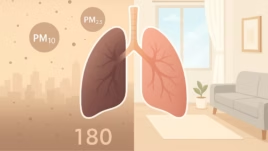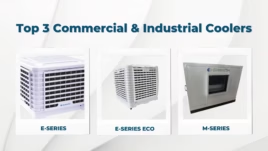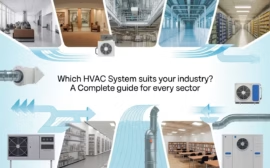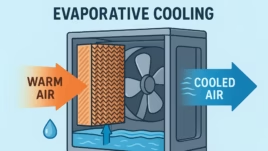Maintaining ultra-clean air is not optional in controlled environments; it is essential. Clean rooms are used in industries where even microscopic contamination can lead to product failure, safety ris


Maintaining ultra-clean air is not optional in controlled environments; it is essential. Clean rooms are used in industries where even microscopic contamination can lead to product failure, safety ris

Proper ventilation is one of the most critical yet often overlooked elements of a commercial kitchen. Whether it is a restaurant, hotel kitchen, cloud kitchen, industrial canteen, or food court, an ef

Cooling large commercial and industrial spaces is a challenge. Many businesses initially try to use multiple desert coolers, thinking it will reduce cost. However, they soon encounter issues such as u

Air pollution is a major issue around the world, and most of us don’t realize just how much it affects our daily health. Every time we step outside, we are breathing in tiny particles, especially PM2.

When it comes to cooling large commercial and industrial spaces, such as factories, warehouses, workshops, production floors, gyms, or commercial kitchens, choosing the right evaporative cooler makes

Every industry has its own cooling, ventilation, and air-quality needs. Choosing the right HVAC system is not just about comfort; it is about safety, efficiency, and meeting compliance standards. This

Imagine walking into a factory in Indore on a 45 °C summer afternoon. Instead of the usual hot, suffocating air, you are welcomed by a cool, refreshing breeze. No air conditioners humming in the backg

Lucknow has always been a city of balance, a blend of tradition and progress, of history and innovation. As the skyline continues to rise and new businesses establish themselves across the city, one t